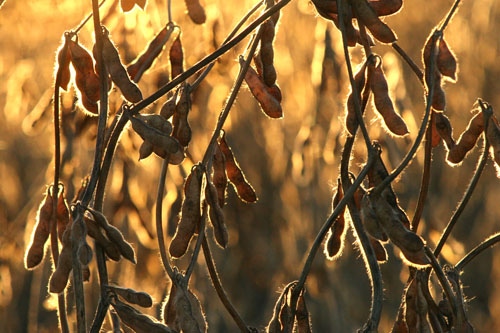
Double-crop soybeans following winter wheat can be a good way to build profits during this year with high commodity prices. But double-crop soybeans must be selected and managed correctly to reap the benefits, says Tracy Mader, head of soybeans for Syngenta.
“Careful management procedures may improve profitability of a second crop,” Mader reports in a press release.
The correct soybean varieties should be selected. Syngenta says medium to full season varieties adapted for the local area will maximize the growing season. These varieties should also produce tall plants that compete better with weeds.
Timing for double-crop planting is crucial because yields drop the longer a grower waits to plant. Yields decrease about a half bushel for each day the beans are planted past mid-June, according to Syngenta’s agronomy research.
The research also shows that good seed-to-soil contact, adequate moisture for germination, and complete seed coverage when planting are important for uniform stands. No-till planting into wheat stubble is recommended to retain soil moisture. But because the wheat stubble contains weed seedlings, Syngenta recommends narrowing the rows to 15 in. Then the bean canopy will develop fast and help control weeds. Another suggestion from Syngenta is to increase the seeding rate by 10 to 15%. This will help produce a strong stand.
About the Author(s)
You May Also Like






